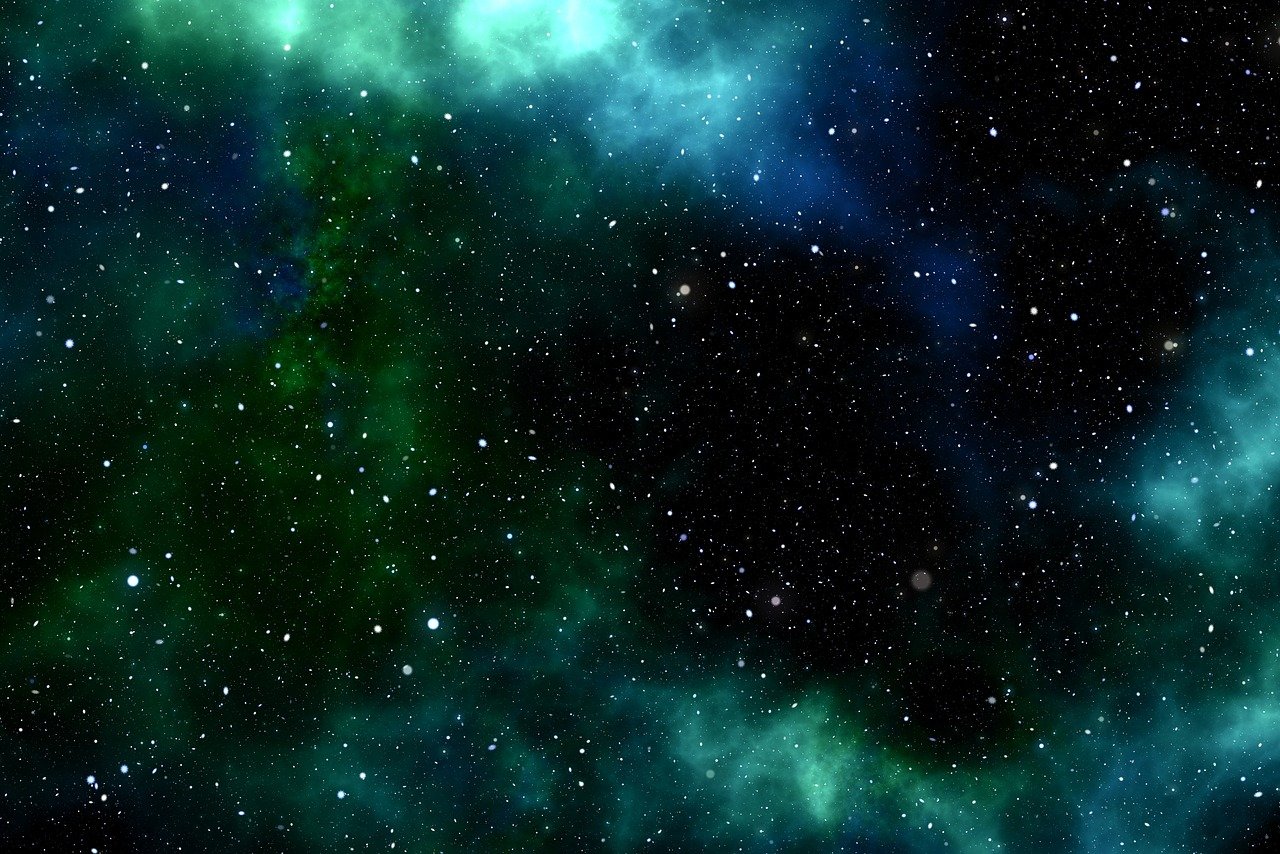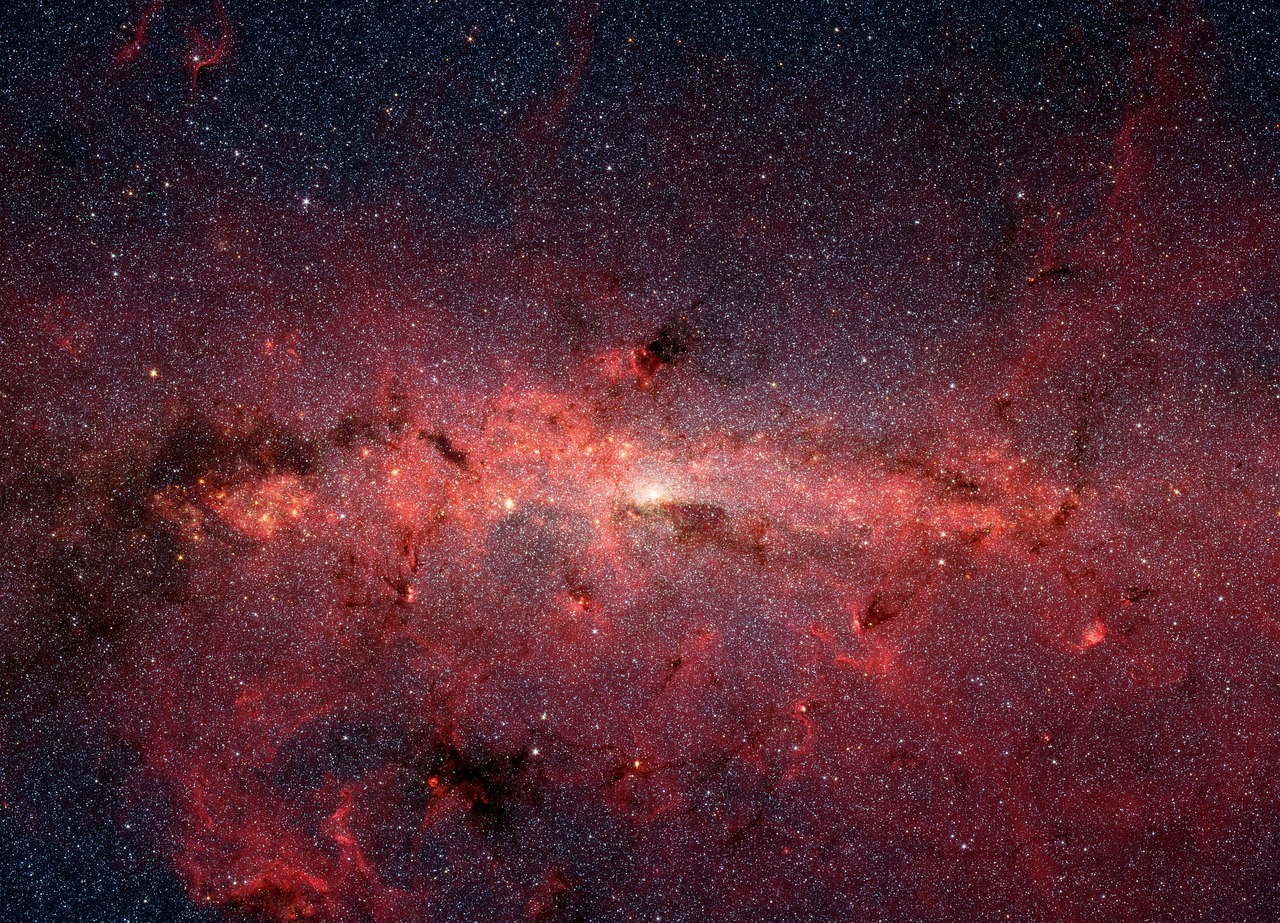
Observational cosmology allowed us to find evidence of dark matter.
Dark matter is that which does not emit any kind of electromagnetic radiation nor can it interact with it . Therefore, it is inferred that it exists from its gravitational consequences on the matter that can be observed.
It can be said that dark matter occupies space and interacts with gravity, but it cannot be seen. Without it, the calculations carried out on the universe are not possible: in other words, if visible matter were the only one present in the universe, the numbers would not agree with the scientific theories in force today.
It is estimated that, while visible matter represents about 5% of the universe , dark matter reaches 27% . The remaining 68% corresponds to the so-called dark energy .
Discovery of dark matter
The discovery of dark matter is attributed to physicist and astronomer Fritz Zwicky . In 1933 , this Bulgarian-Swiss scientist postulated the existence of invisible matter from a series of observations he developed at the Mount Wilson Space Observatory , located in California ( United States ).
Studying the Coma cluster , Zwicky noticed that there was a non-visible matter. Using the virial theorem , he deduced the presence of this type of matter and years later indicated that, due to their existence, galaxy clusters can function as a gravitational lens , altering the path that light travels.
For several decades, Zwicky 's findings were not considered by the astronomical community. However, as time went by, observations began to be made on the probable existence of dark matter, studying how the temperature of the gas is distributed in nebulae, galaxy clusters and galaxies and examining the rotation speed of the latter.
Currently, the existence of dark matter is accepted for various reasons. To understand the structure of the universe , to mention one case, it is required that there be a greater than normal amount of matter. Dark matter is also needed to explain why the rotation of celestial bodies is faster in the central zone of galaxies.

Discovering the nature of dark matter is a goal of particle physics .
Its characteristics
It is important to indicate that everything that is known about dark matter is, in reality, assumptions or conjectures that are made with contributions from astronomy , cosmology and astrophysics . Since it is a matter that cannot be seen, that is not reflected or absorbed by any type of known material, its existence is inferred from phenomena such as those already mentioned above.
Although there are indications that lead scientists to support its existence, it is unknown which particles form dark matter . For more than half a century, experiments have been carried out in laboratories, although without being able to achieve certainty in this regard.
In this framework, in underground laboratories attempts are made to eliminate natural radiation through shielding and other strategies with the aim of capturing a signal that cannot be explained based on normal matter. Likewise, it is intended to generate, in a particle accelerator such as the Large Hadron Collider (LHC) , the component that is supposed to make up dark matter. A distinction can be made between methods for direct detection of dark matter and those for indirect detection of dark matter.
Based on what was found, certain characteristics are attributed to dark matter. It is believed to be cold and slow and that it accumulates, like a halo, around conventional matter.
Lacking electromagnetic interaction, dark matter is not able to form objects since it has no structure : there is no electromagnetic cohesion in its constituents.
Although its composition is unknown, it is estimated that dark matter could be formed by WIMPs (weakly interacting massive particles), MACHOs (halo compact massive astrophysical objects), photinos , gravitinos , axions or neutrinos .

With the technique of astronomical spectroscopy and the Doppler effect, the existence of dark matter was concluded.
Dark matter, dark energy and antimatter
Dark matter should not be confused with other concepts that, due to their name, may seem similar. At this point we must name dark energy , which is a form of energy and not matter. Dark energy would be responsible for generating the pressure that leads to an acceleration of the expansion of the universe .
The idea of antimatter , meanwhile, has its origins in the antiparticle . All particles are considered to be linked to their corresponding antiparticles, which have the same mass but with opposite physical charges: if they meet, particle annihilation can occur. An antimatter atom, in this context, could be formed by antiprotons and antielectrons, for example.
The contributions of various telescopes
Various telescopes have made valuable contributions to research on dark matter. The Hubble Space Telescope took an image in 1997 that showed how light from one galaxy cluster was bent by another cluster, which was attributed to the presence of dark matter.
The James Webb Space Telescope , for its part, detected possible supermassive dark stars, which are believed to be made of dark matter particles. Another relevant contribution was made by the Planck Space Telescope , which between 2009 and 2013 observed cosmic background radiation from the Big Bang and confirmed that approximately 27% of the universe is made up of dark matter.
